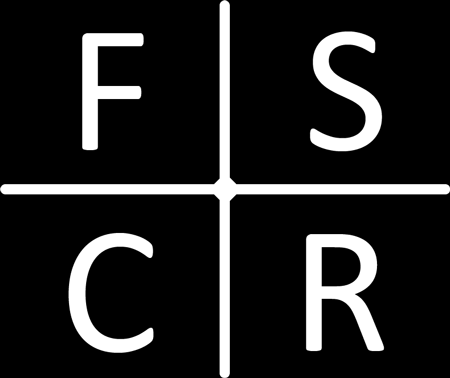Traditionally football teams have placed a large emphasis on aerobic conditioning as elite level players can cover between 9-12Km per game (1). However, it is greater high intensity running that distinguishes top class and professional players and sprint efforts that effect the most crucial moments of a game (scoring and conceding a goal) (2,3). As a consequence teams and individual athletes should place a higher emphasis on sprint ability. In order to improve sprint ability several training methods must be utilised including sprinting, heavy-load strength training, ballistic strength training, plyometrics, and resisted sprinting. With so many areas to cover in the pursuit of improved speed it is important to direct and narrow your training as much as possible, as strength training in football is extremely time deficient.
Recent research investigated the countermovement jump (plyometric) performed on two legs vertically, one leg vertically, one leg horizontally and one leg laterally in 23 elite and 20 non-elite football players with an average age of 18 years (4). Results showed that the distance jumped horizontally with one leg was significantly greater in elite than non-elite players. Interestingly there were no differences in horizontal or vertical distances for any of the other countermovement jumps between the two groups. What this suggests is that elite footballers have greater single leg horizontal power then non-elite footballers and this may infer elite players have greater acceleration and therefore as mentioned earlier will have a greater impact on crucial moments in a match.
1. Di Salvo, V., Baron, R., Tschan, H., Calderon Montero, F.J., Bachl, N., & Pigozzi, F. (2007). Performance characteristics according to laying position in elite soccer. International Journal of Sports Medicine, 28, 222-227.
2. Reilly, T., Bangsbo, J., & Franks, A. (2000). Anthropometric and physiological predispositions for elite soccer. Journal of Sports Sciences, 18, 669-683.
3. Mohr, M., Krustrup, P., & Bangsbo, J. (2003). Match performance of high-standard soccer players with special reference to development of fatigue. Journal of Sports Sciences, 21, 519-528.
4. Murtagh, C. F., Vanrenterghem, J., O’Boyle, A., Morgans,R., Drust, B., & Erskine, R. M. (2017). Unilateral jumps in different directions: a novel assessment of soccer-associated power? Journal of Science and Medicine in Sport, 17, 30348-1.
